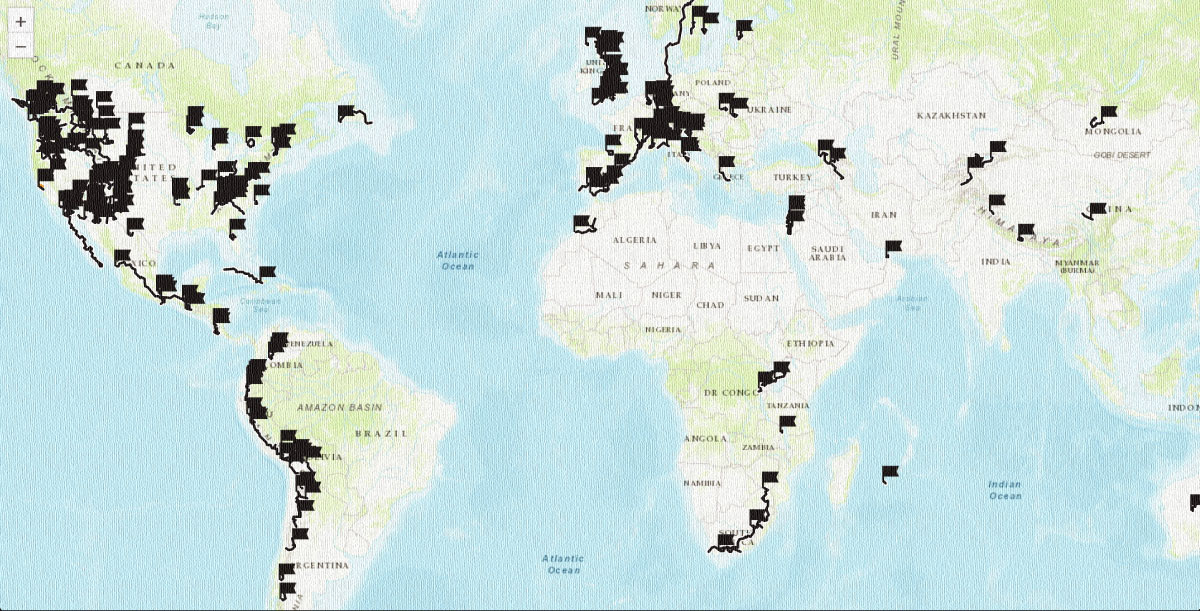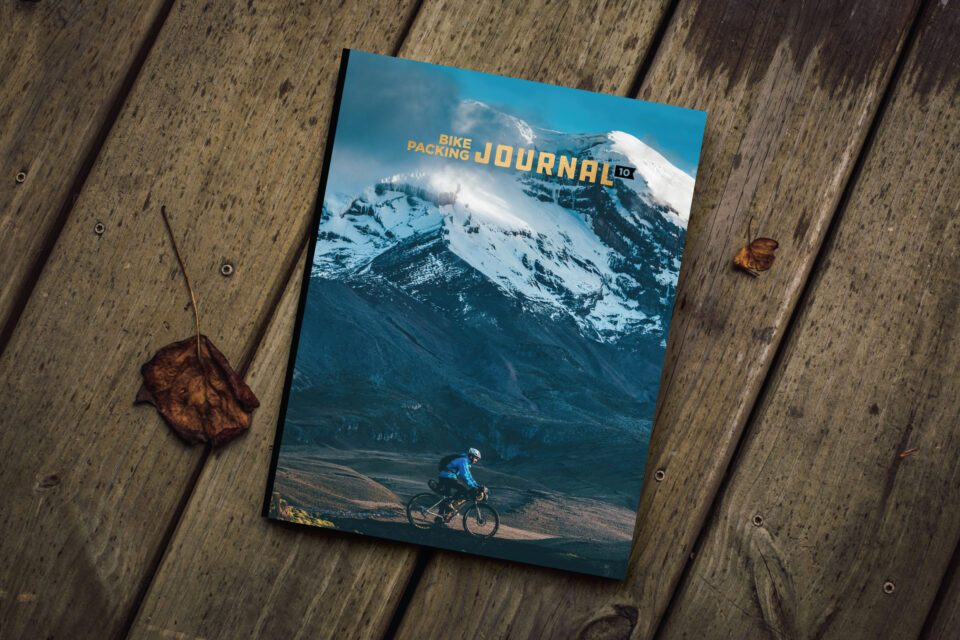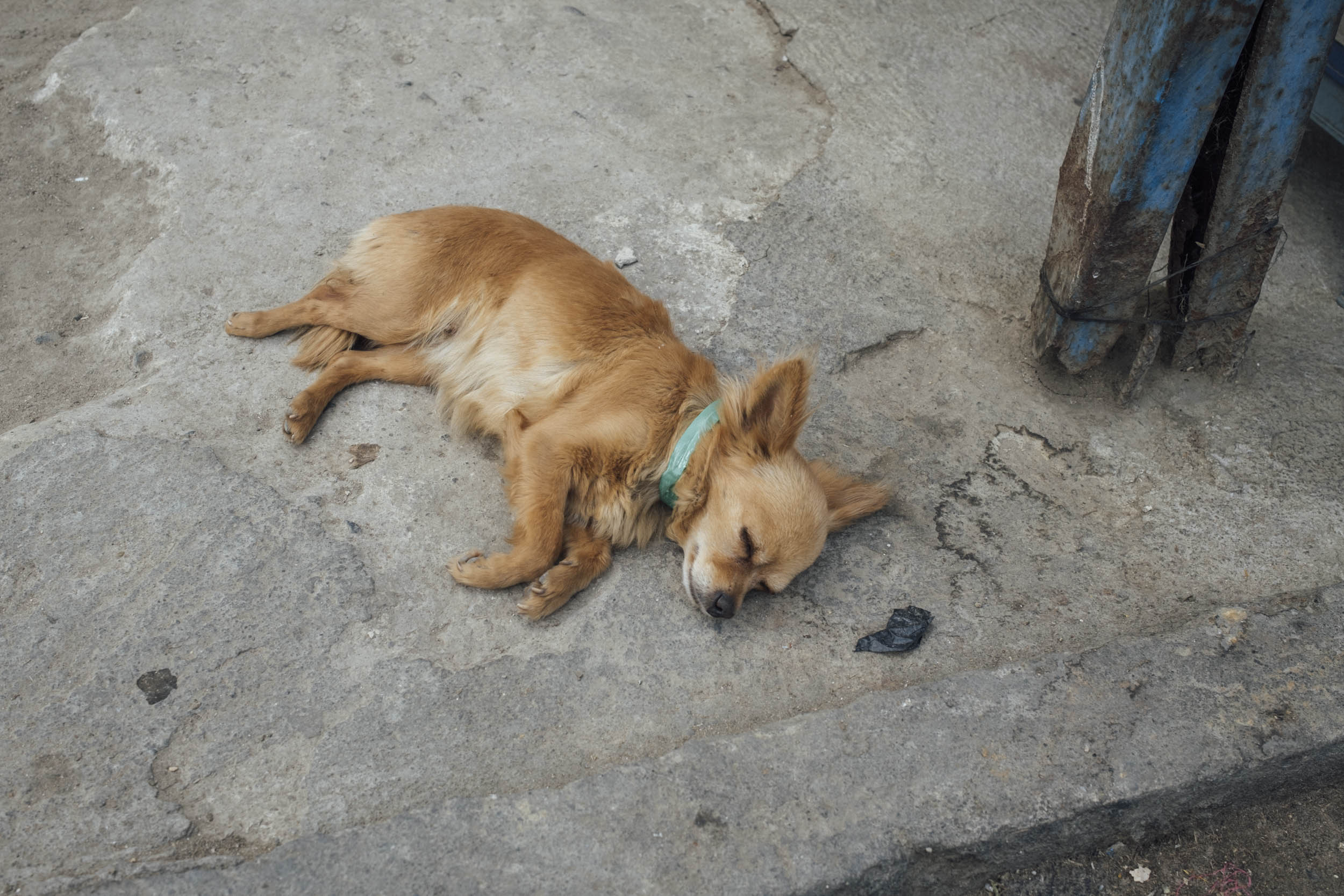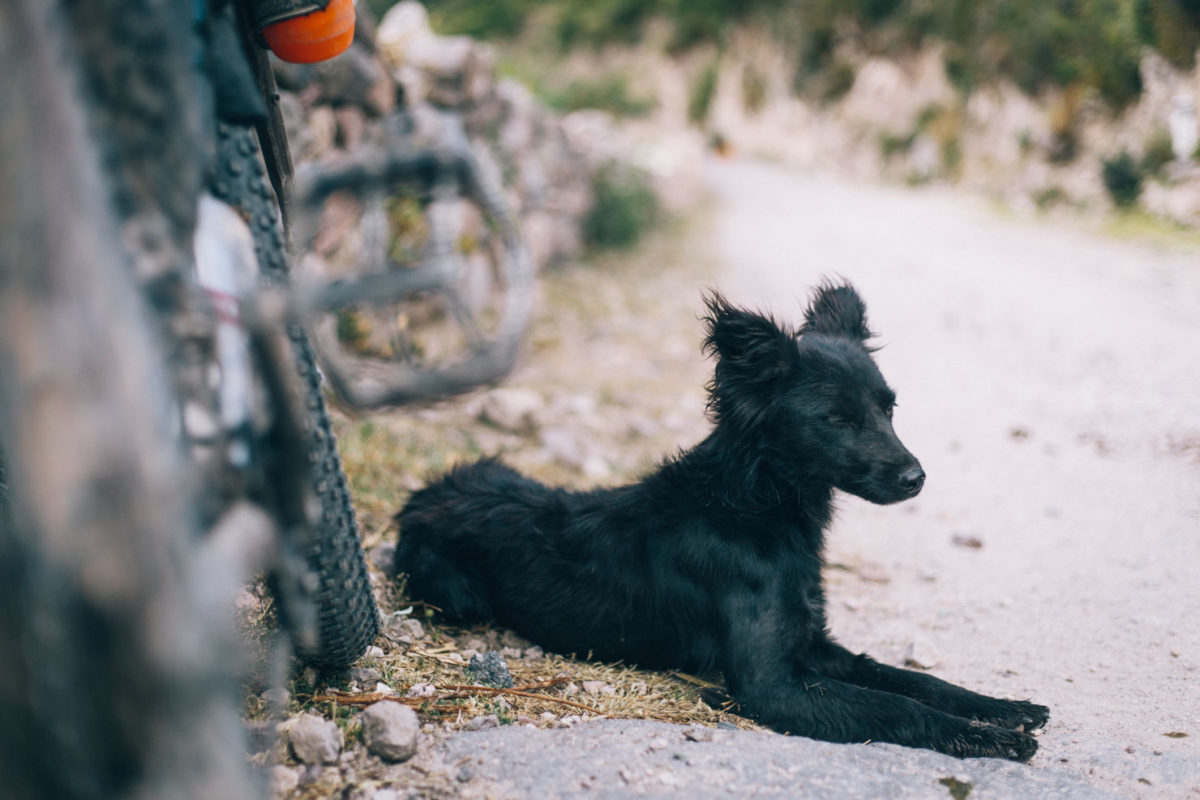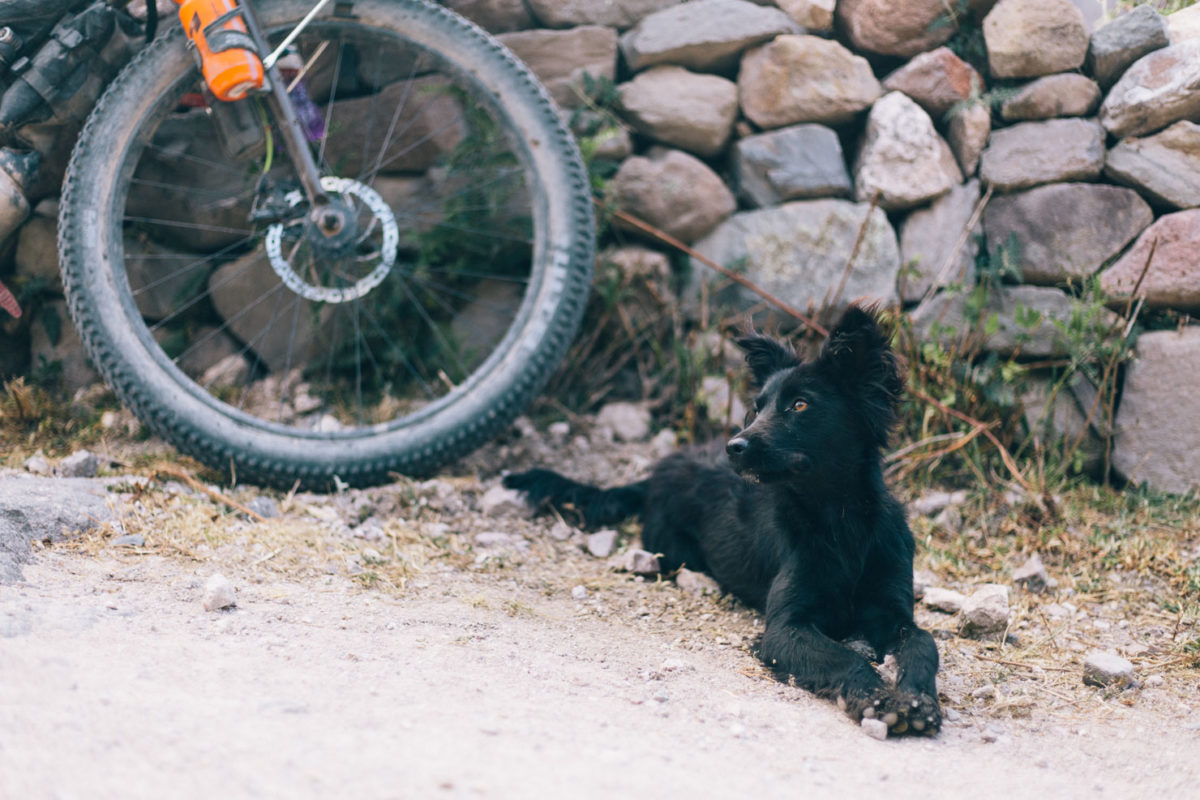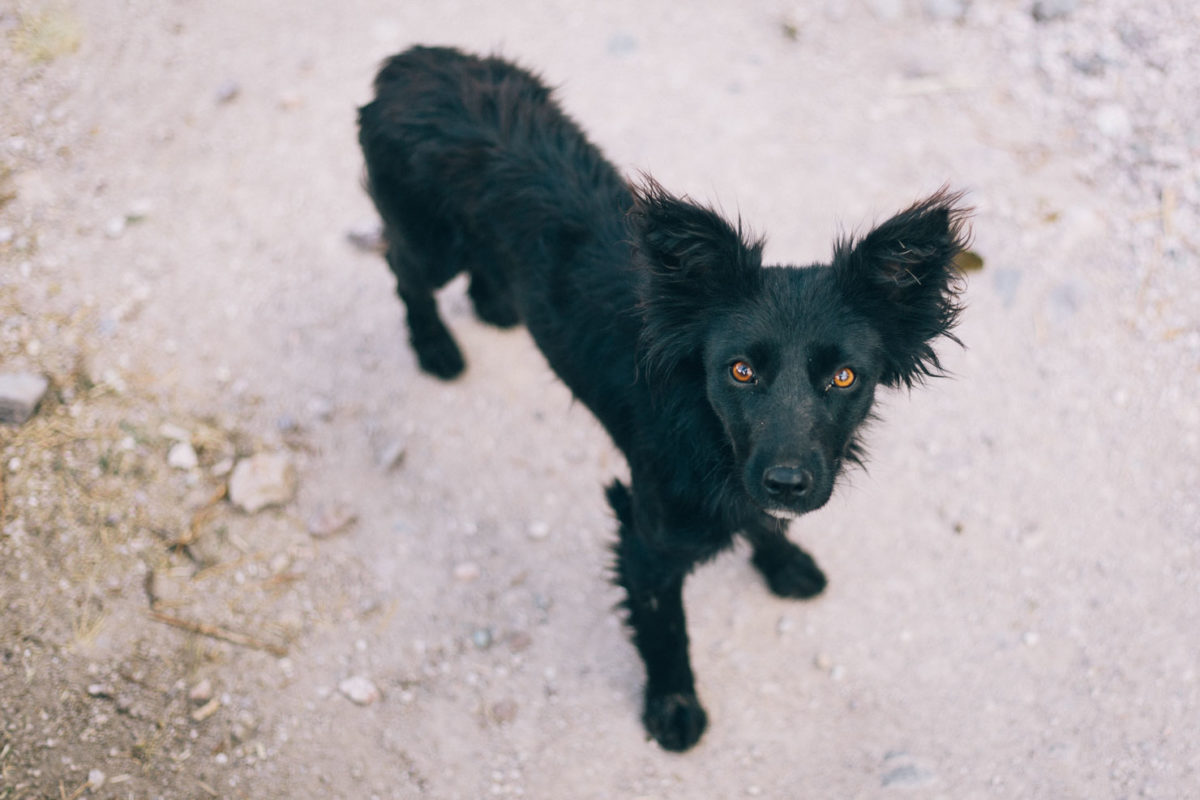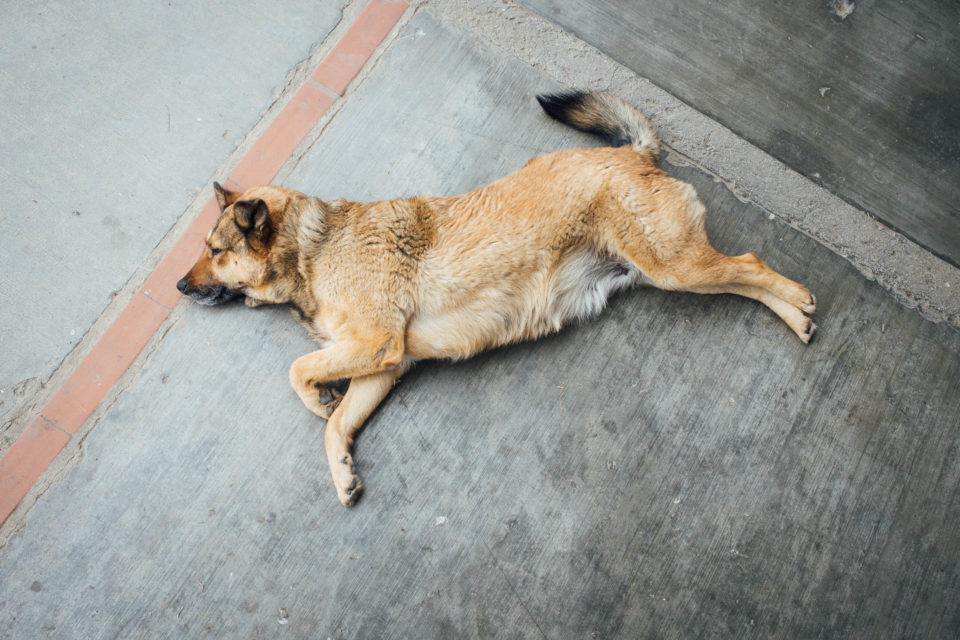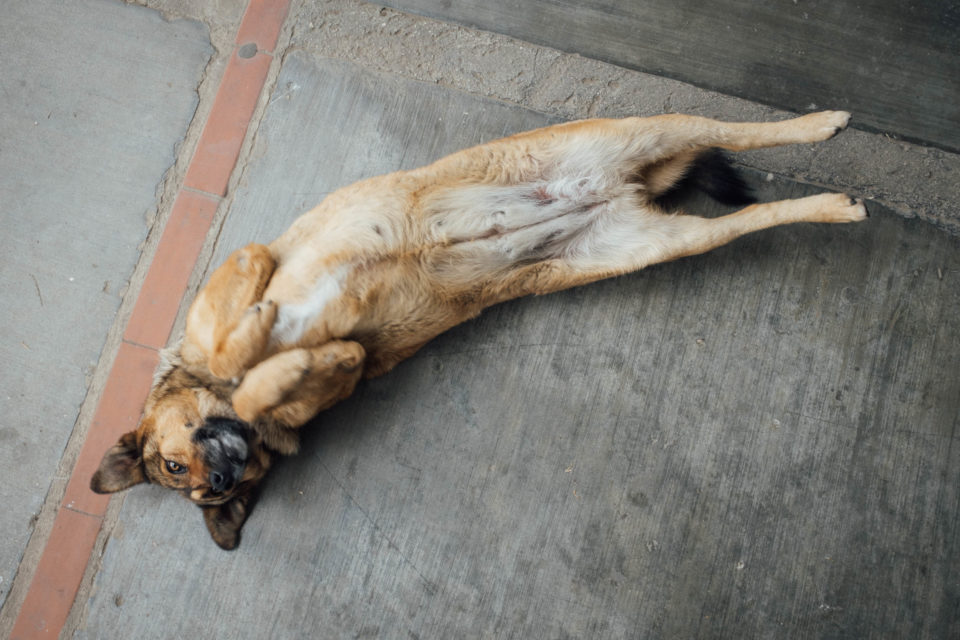It’s a Dog’s Life
Cass examines the relationship between local dogs and visiting bikepackers, and ponders the mixed feelings of fear, love, and pity that man’s best friend can incite. With street dogs on his mind, he returns from a short bikepacking trip to Guatemala with an unusual collection of portraits…
PUBLISHED Mar 26, 2021
I’ve never toured with a dog, yet they’ve always played a role in my bike tours. I’ve tended to eye the wild ones with suspicion and I’ve watched the xylophone-ribbed ones with pity. Occasionally, I’ve fallen head over heels in love. I once had a dog follow me for two full days in Peru and I still wonder whether I should have made room in my basket and scooped her up.
And like many a long-distance bicycle tourer, I’ve been hounded by dogs of all shapes and sizes. In some countries, I’ve lived in fear. In Tibet, big and brawny mastiffs sprint across the plateau, cleverly bisecting cyclists and meeting them at the bottom of long and oxygen-depleted climbs. One even bit clean through my rear pannier, leaving a row of punctures as precise as an office hole-puncher, that I covered over with gaffer tape. On the Anatolian Plateau, the Turkish sheepdogs are equally imposing, especially as they sport quite the accessory – pieces of sharp glass and metal are embedded into their homemade collars to protect them from roaming packs of wolves. How they loved to chase me on the coldest of mornings, snapping at my heels and getting my blood pumping, until I was quickly overheating.
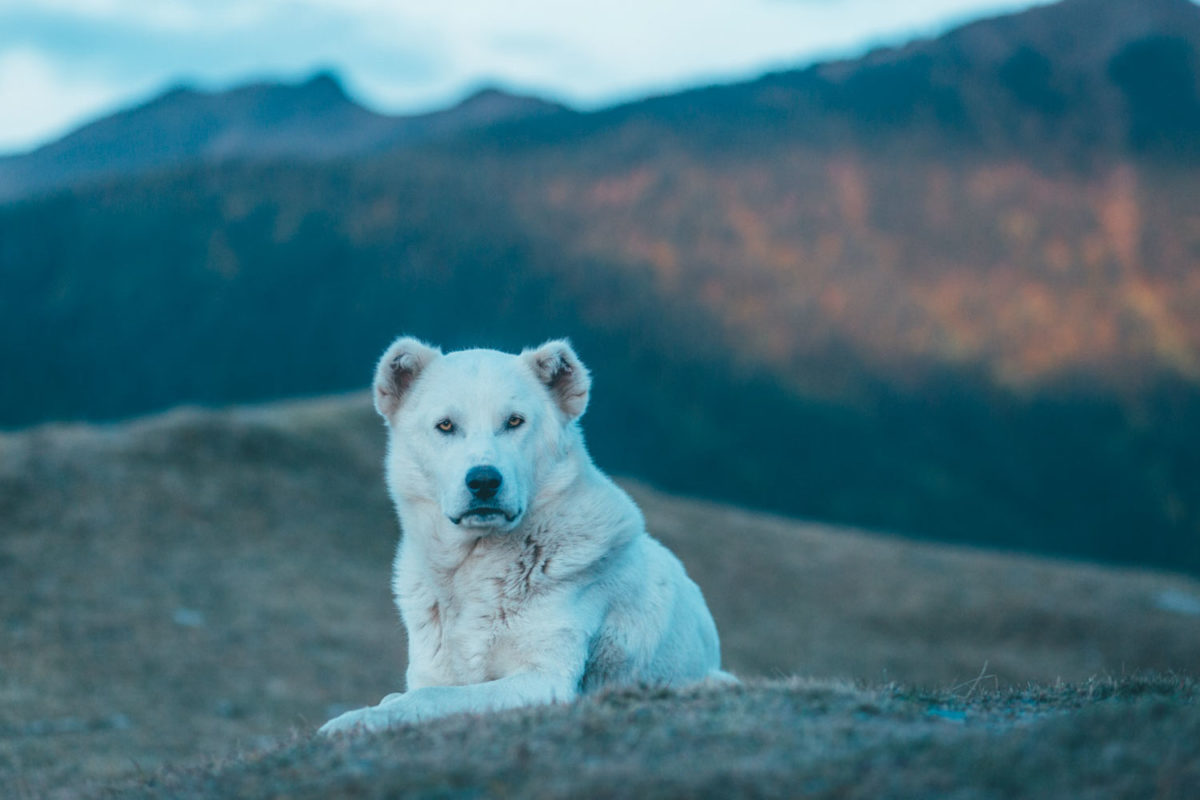
One even bit clean through my rear pannier, leaving a row of punctures as precise as an office hole-puncher, that I covered over with gaffer tape.
When solo touring in the Republic of Georgia, I had my greatest canine showdown. Caucasian shepherds dog are bred to be fearless, their fur thick and lustrous, teeth sharp and white. They are magnificent guardians… except when a dozen, barrel-chested beasts are corralling you. I know they were just doing their job and I didn’t begrudge them for it, in hindsight at least. I just wished their owner was doing his job too, instead of snoozing the afternoon away, a bottle of empty homebrew chacha by his side. And – whilst I can’t claim it’s with fondness – I remember how on the outskirts of Quito dogs took turns to chase us, passing the proverbial baton from one to the next as we cycled by. Neighbouring barks served as a call to arms for these rabid warriors, a sound that threw them into instant apoplexy.
Closer to where I now call home, it’s scruffy-looking specimens in Oaxaca that I watch out for most. Despite their unassuming stature, they often show grit and determination when chasing riders down rural roads. They appear to expel the same focused energy for pursuing foreign visitors who dare cross their patch of land, as locals who might pass by every day. I’ve learnt to ward them off with a rapid-fire “heh-tze-tze-tze-tze,” an Oaxacan dog curse that stops them in their tracks if intoned with sufficient sharpness and volume.
Not that it’s always successful. In the city, I once watched a wiener dog of especially long and low stature, called Toby, take a particular dislike to a cyclist. He harassed him the length of the street even though he could barely reach his heels. Similarly, how about all the high-strung chihuahuas that bark at me in a never-ending tirade from fenced yards? Behind the scenes, I bet even the Dog Whisperer has trouble with these obnoxious little upstarts.
The Street (and Roof) Dogs of Guatemala
Over in Guatemala, I noticed that the dogs are a little different. A few weeks ago, my Mexican visa came to an end and I found myself crossing its sourthern border to ride down to the consulate and apply for residency.
And I observed this: street dogs in Guatemala spend so much time barking at night – a polyphonic round-robin that reverberates across the valley from dusk till dawn – that the days are largely set aside for lazing in the shade, exhausted. It’s rare that they take chase, particularly in the sweltering heat of the dry season. Perhaps their lackadaisical demeanour is down to malnutrition, surviving as they do on a diet of trash and chicken bones. Either way, they proved to be more friend than foe, especially when I lobbed a few old tortillas their way, which were gulped down without missing a beat.
The street dogs became one of my photographic themes during this short visit, spurred by Logan’s desire to find a rescue dog that he and Gin could take bikepacking. My tongue-in-cheek texts to him might read: perfect size-wise but appear to come as a pair. Or: technically this one is owned, but could be up for negotiation.
Presented below are just a very small percentage of the Guatemalan dogs that I saw. In the city of Quetzaltenango, where I filed my paperwork, they hung out in packs. But these weren’t ferocious posses that prowled around town looking for trouble. Rather, they resembled a collective of misfit buddies, or an estranged family, keeping an eye out for each other. Most slept on sidewalks or shop stoops, sometimes in groups, or “dog piles,” oblivious to the cacophony of Guatemalan life – the passing cars, buses, sirens, and honking, the firecrackers, music, street vendors, and footsteps. They awoke as the sun crept across them, to poke through trash or window-shop in restaurants. Sometimes, they picked up a food trail and trotted behind anyone with a snack in their hand, in a display of never-ending hope and hunger.
Because in Guatemala, dogs are a very visible piece in the everyday fabric of society. Wherever you cast a glance, there’s a dog to be seen. They stroll into comedors. They bark at each other from across the road. They rile each other up. They people-watch. They snooze. They’re languid for the most part. I watched them casually step onto the sidewalk just a second before a car razors past. Or, cross the road only to stop for a scratch as the lights turn green. Some have collars or dusty bandanas and maybe owners who cherish them. But most are left to their own devices. Forget dog parks or dog-friendly businesses, because it’s one big dog zone in Guatemala.
And then there are the roof dogs – los perros de los techos. Just as their name suggests, these dogs live on roofs, 24/7 by all accounts. Leaning over precariously as far as they can, they watch the world below and bark at every individual who passes – man, woman, child, and dog alike. Los Perros de los Techos inhabit a different plane of existence, literally and figuratively, to street dogs. Sometimes I wonder if the former wish they were the latter, and visa versa. Either way, I bet they’d miss the right to roam or their penthouse views.
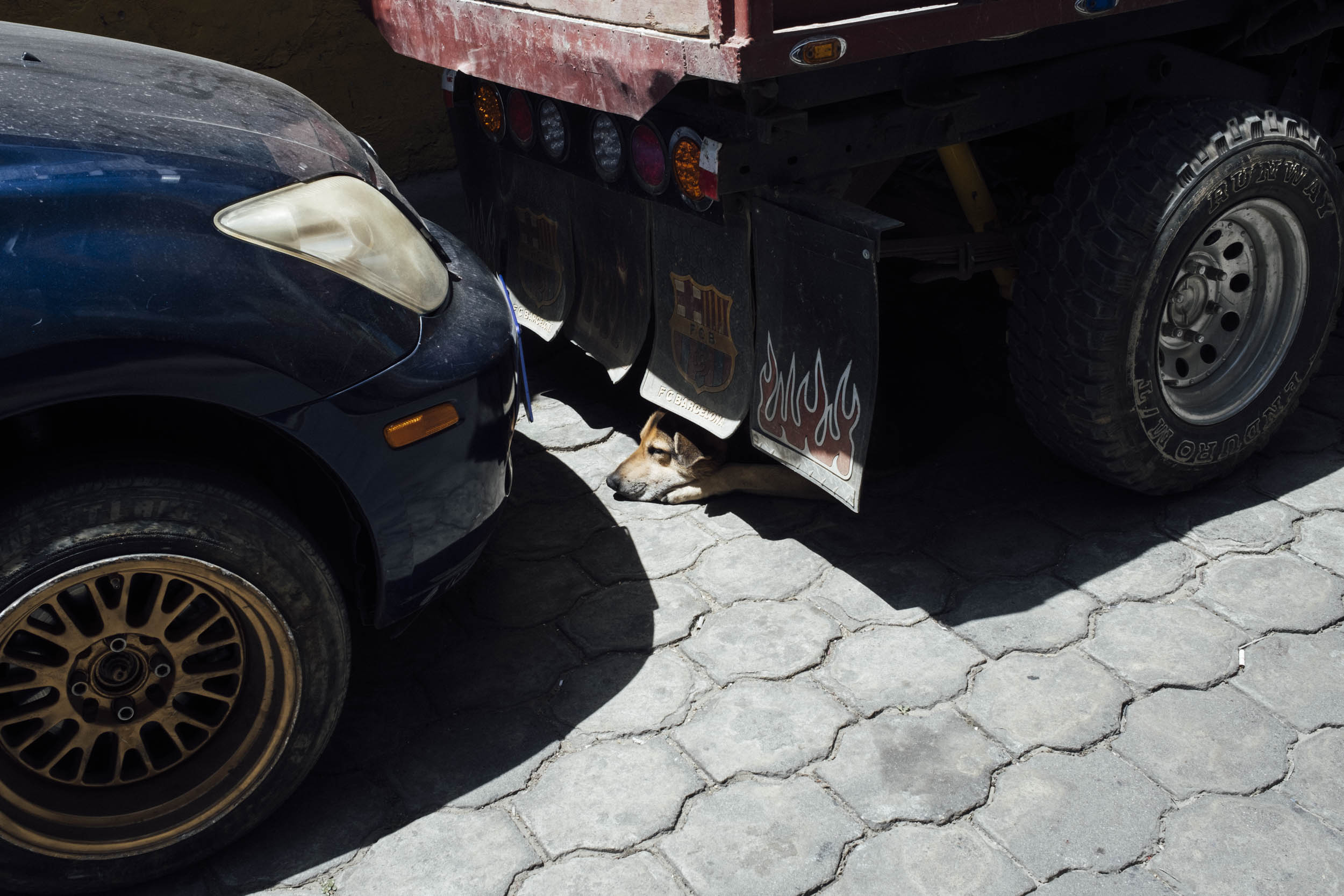
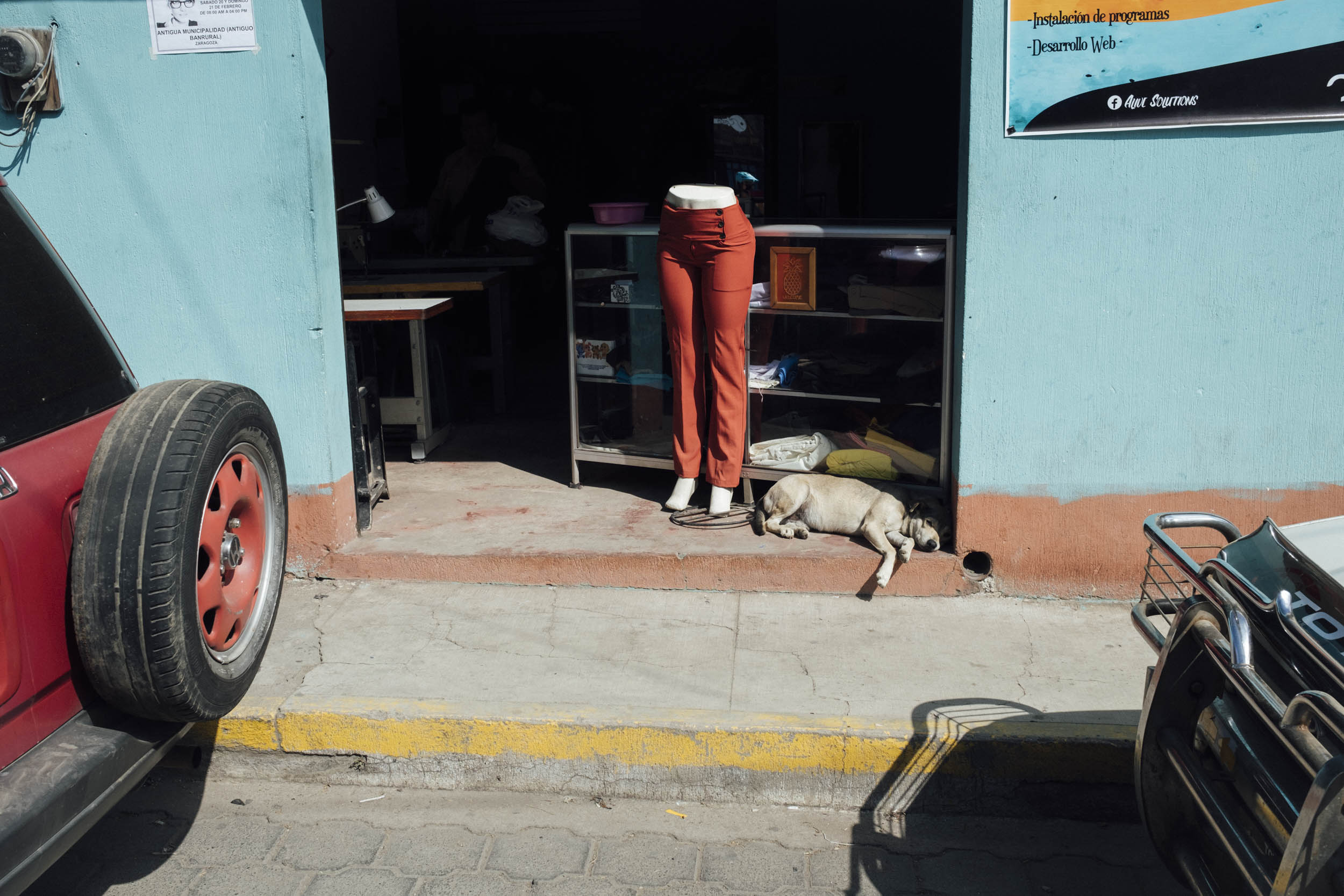
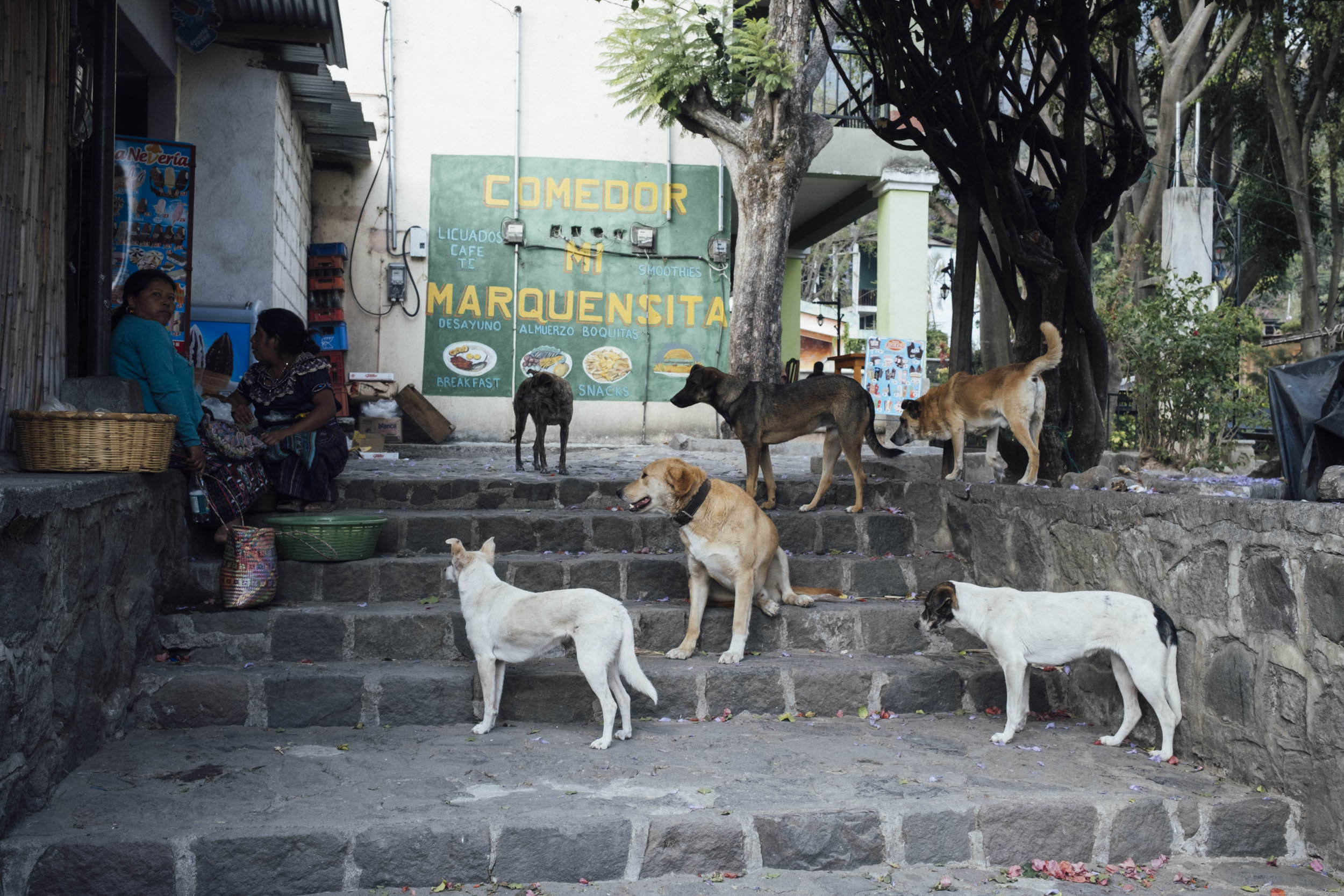
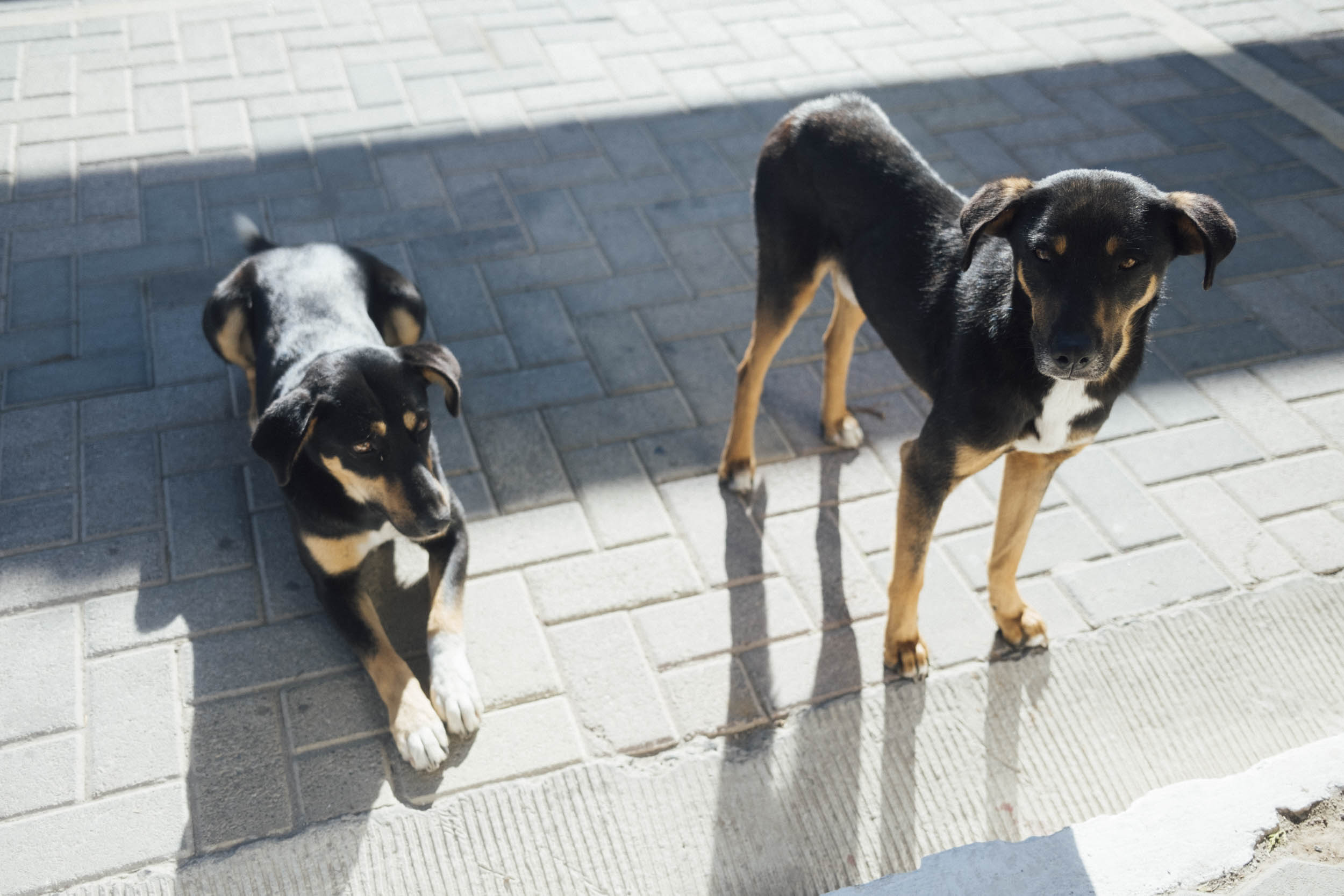
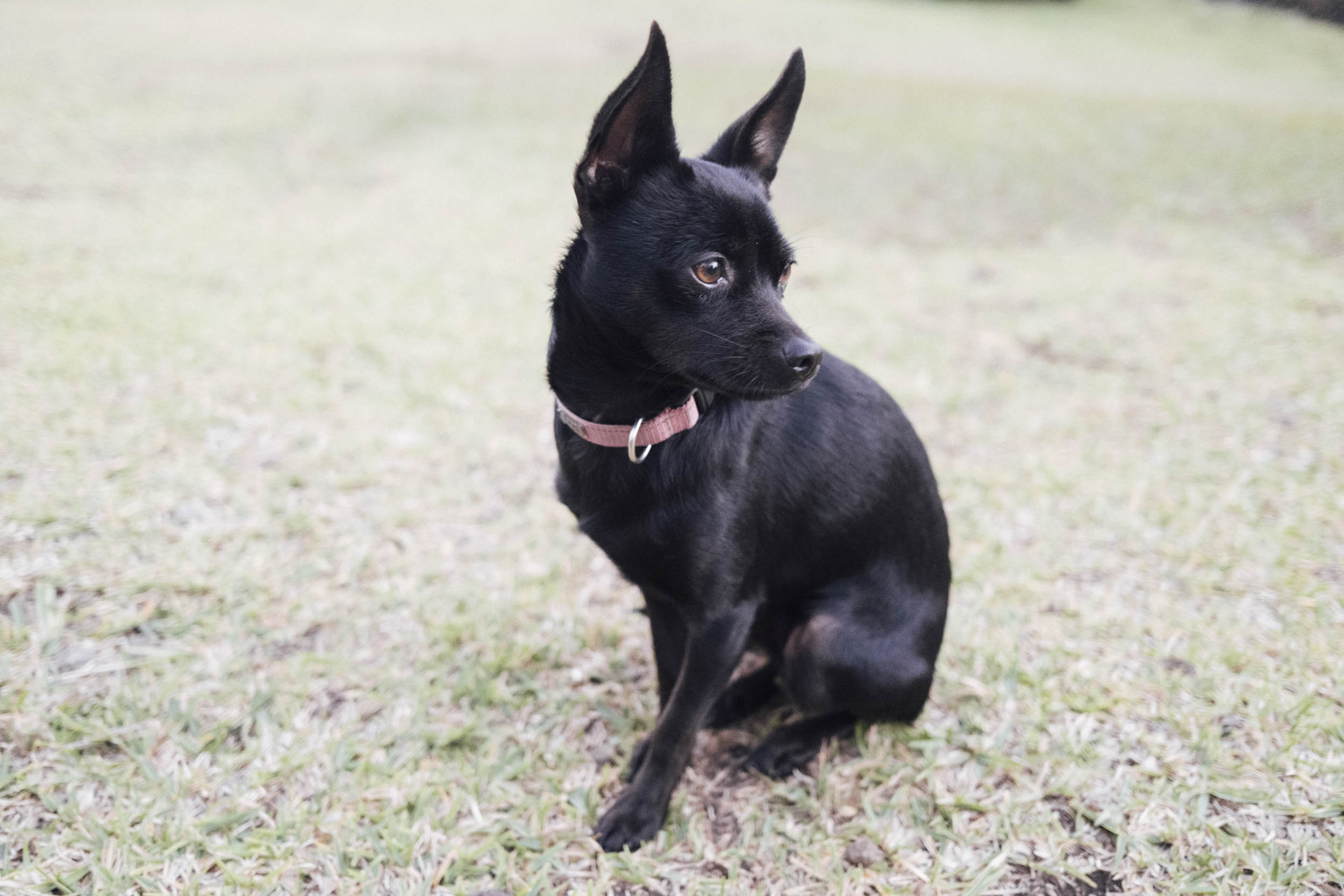
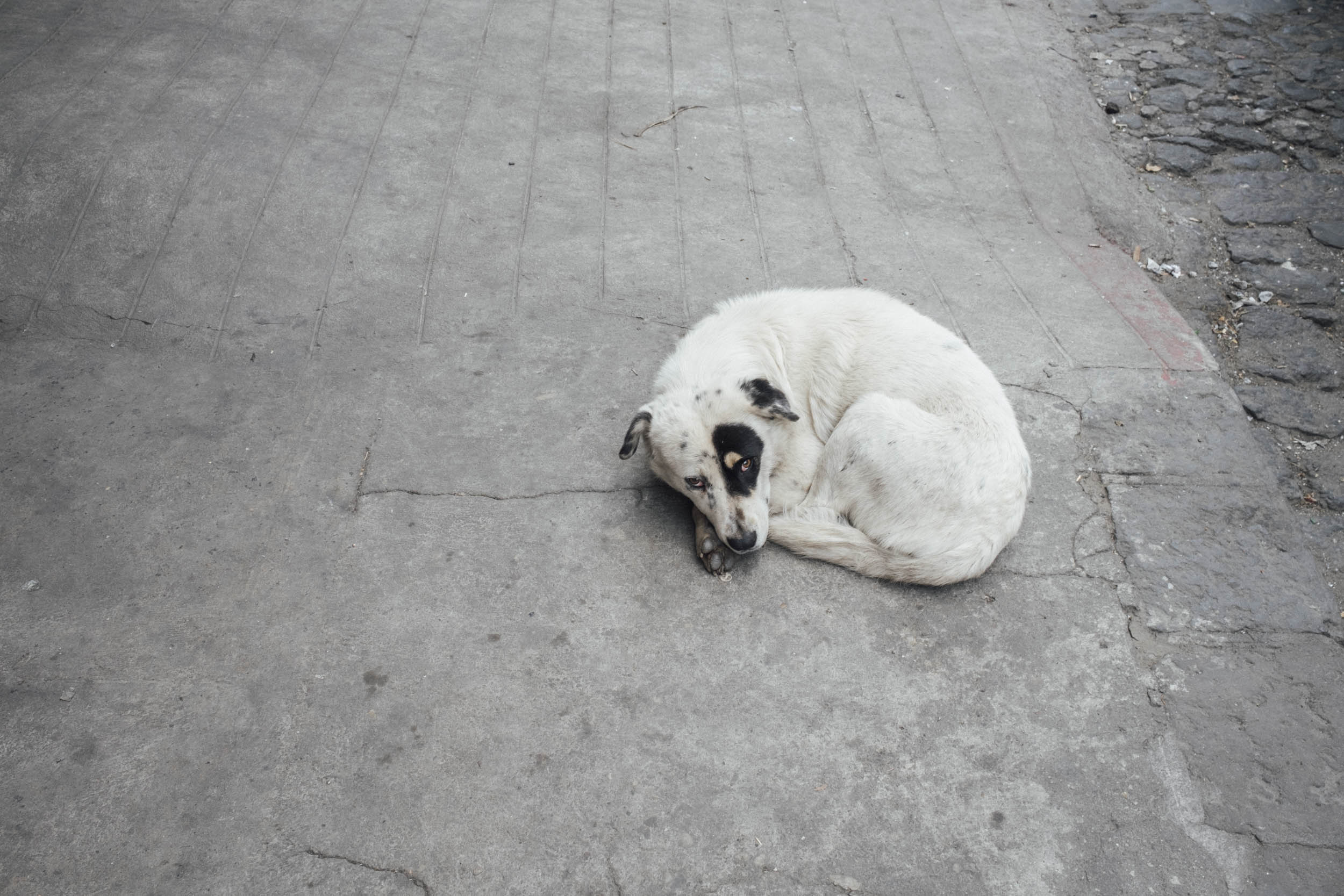
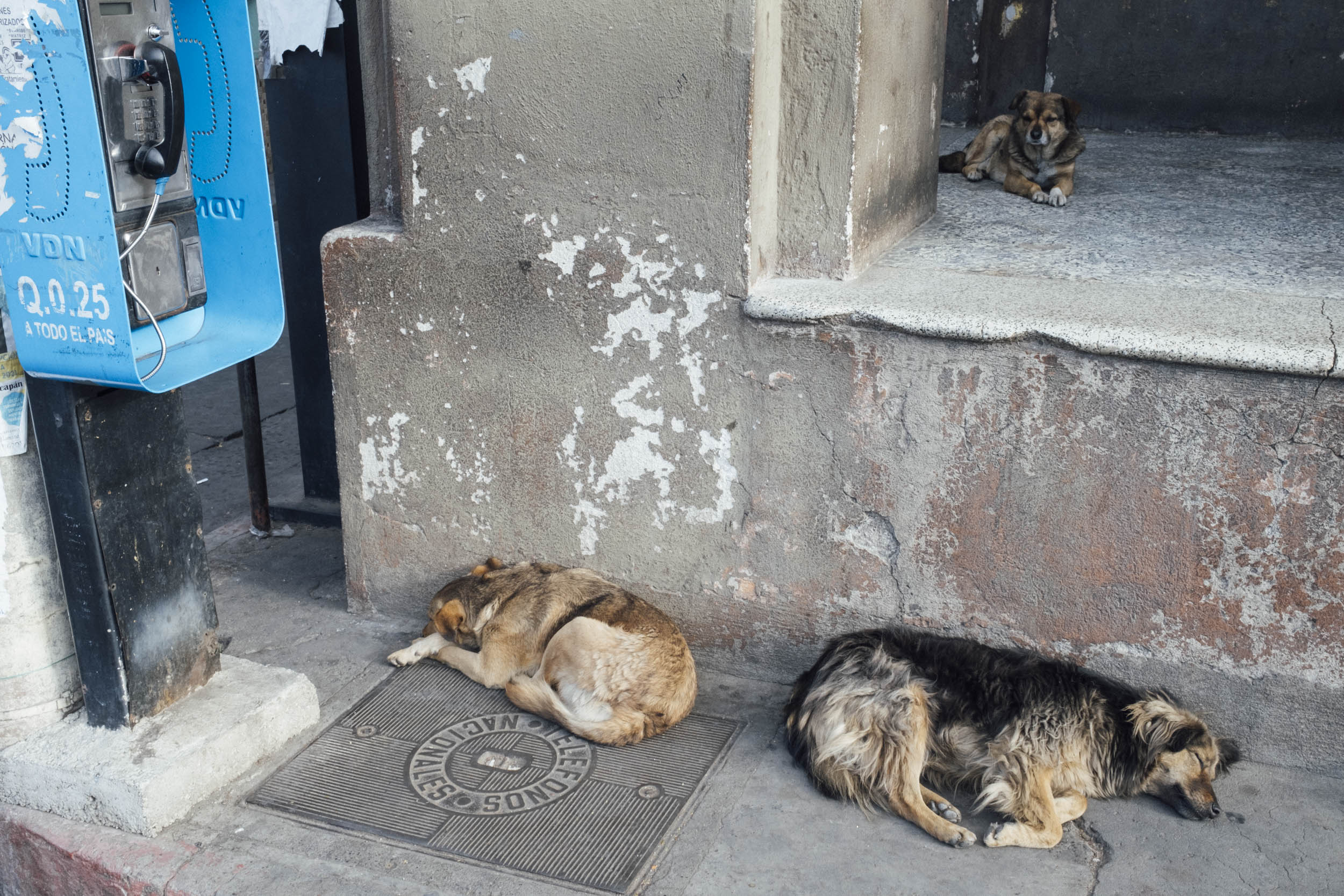
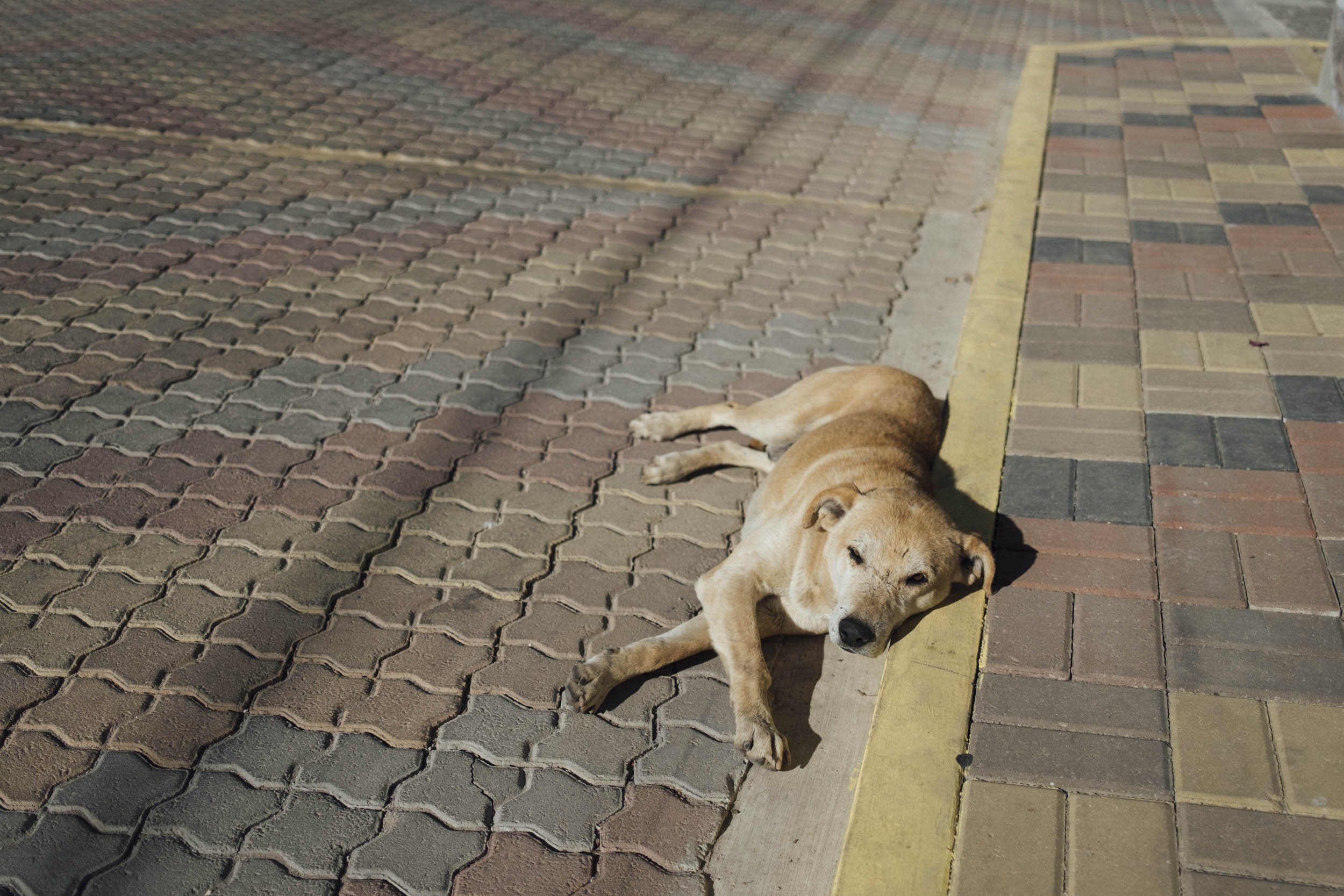
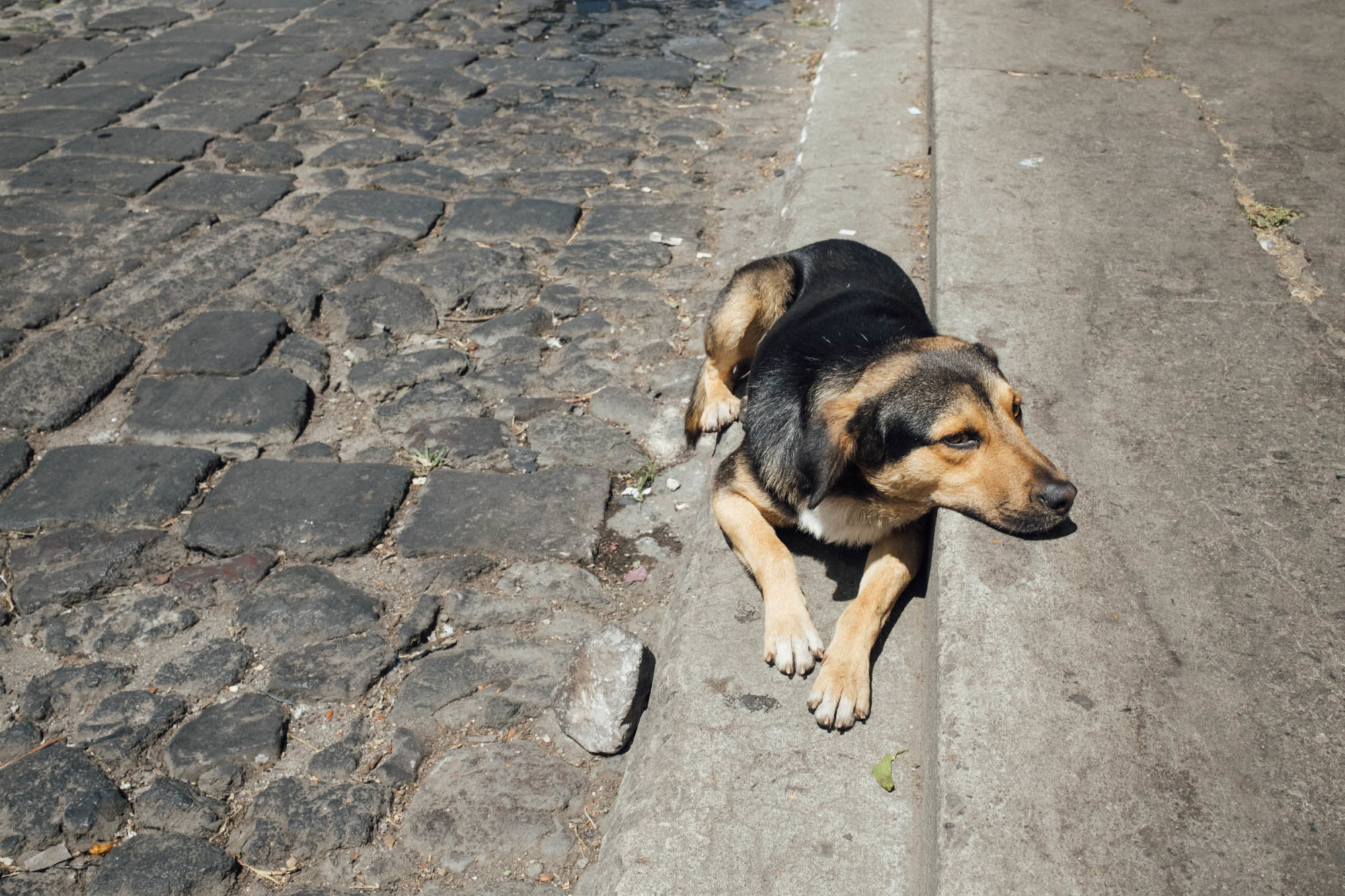
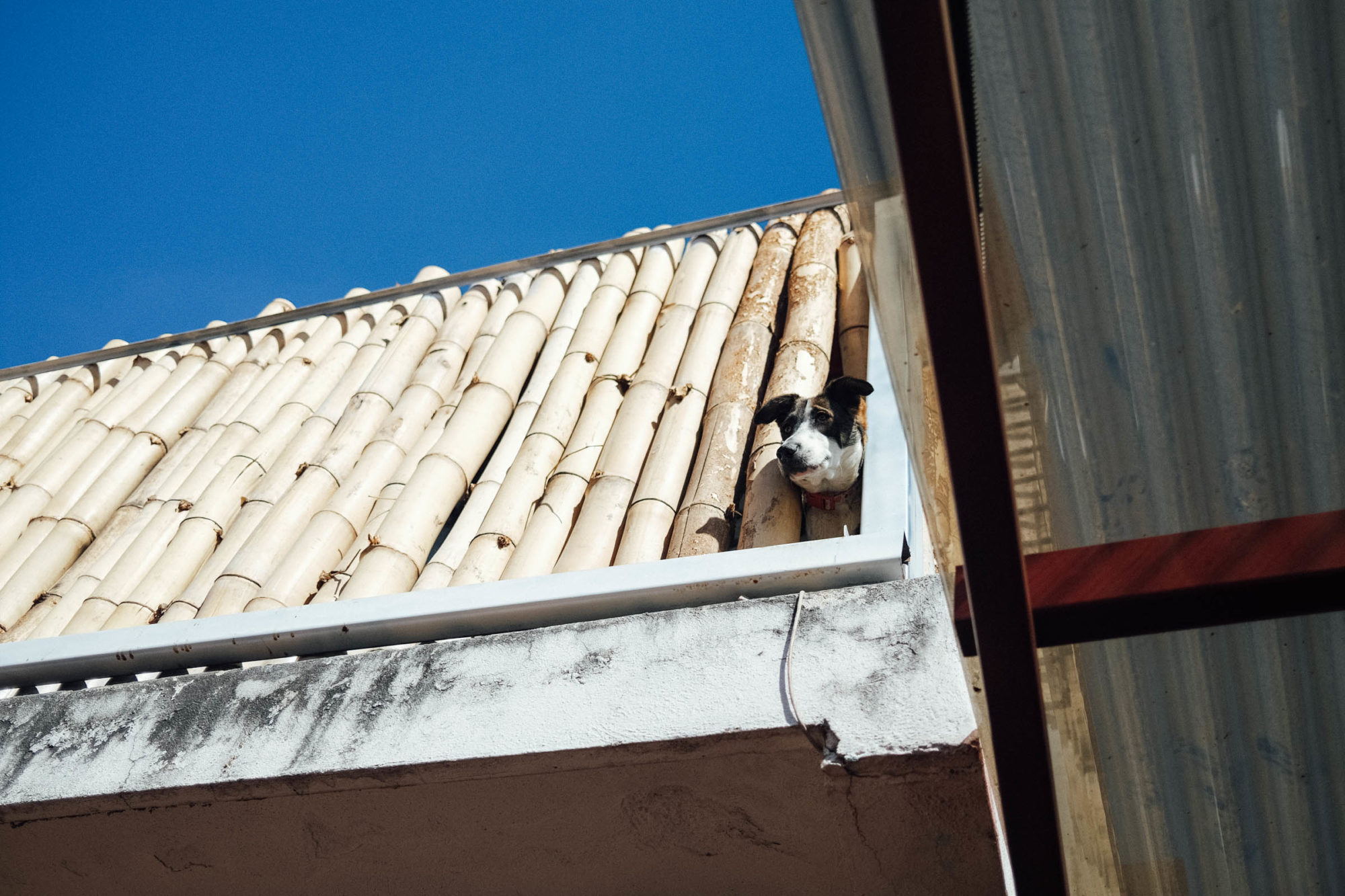
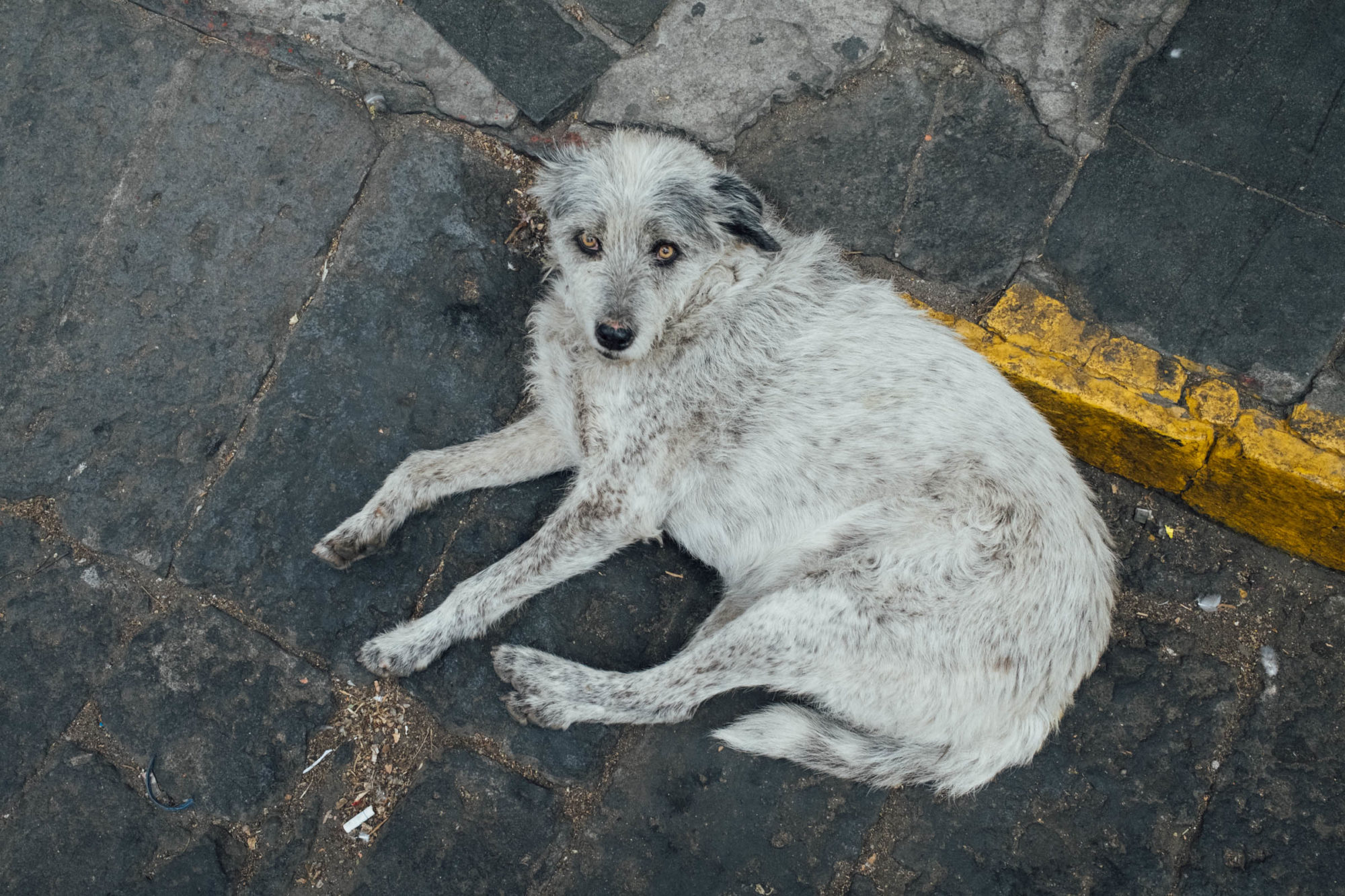
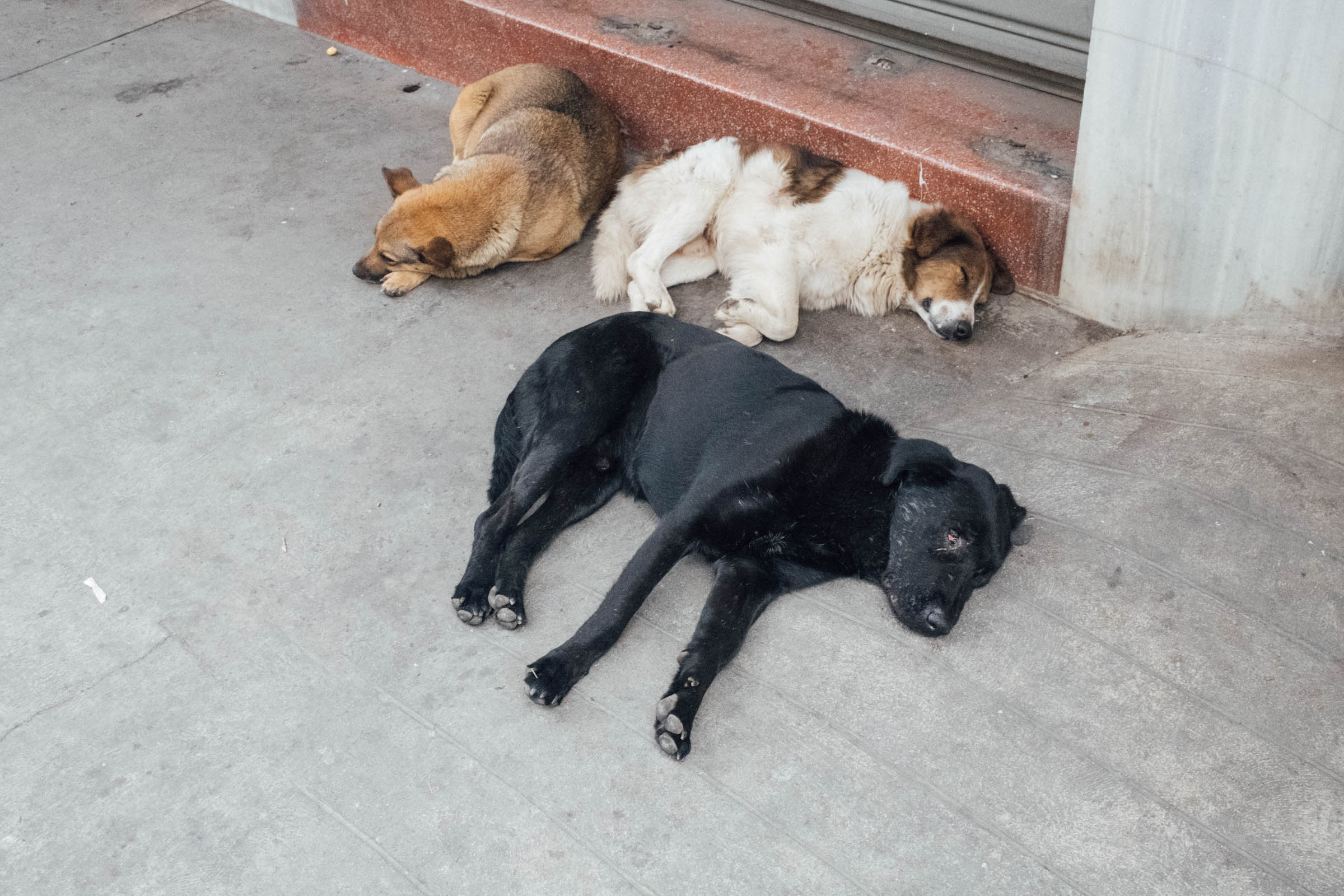
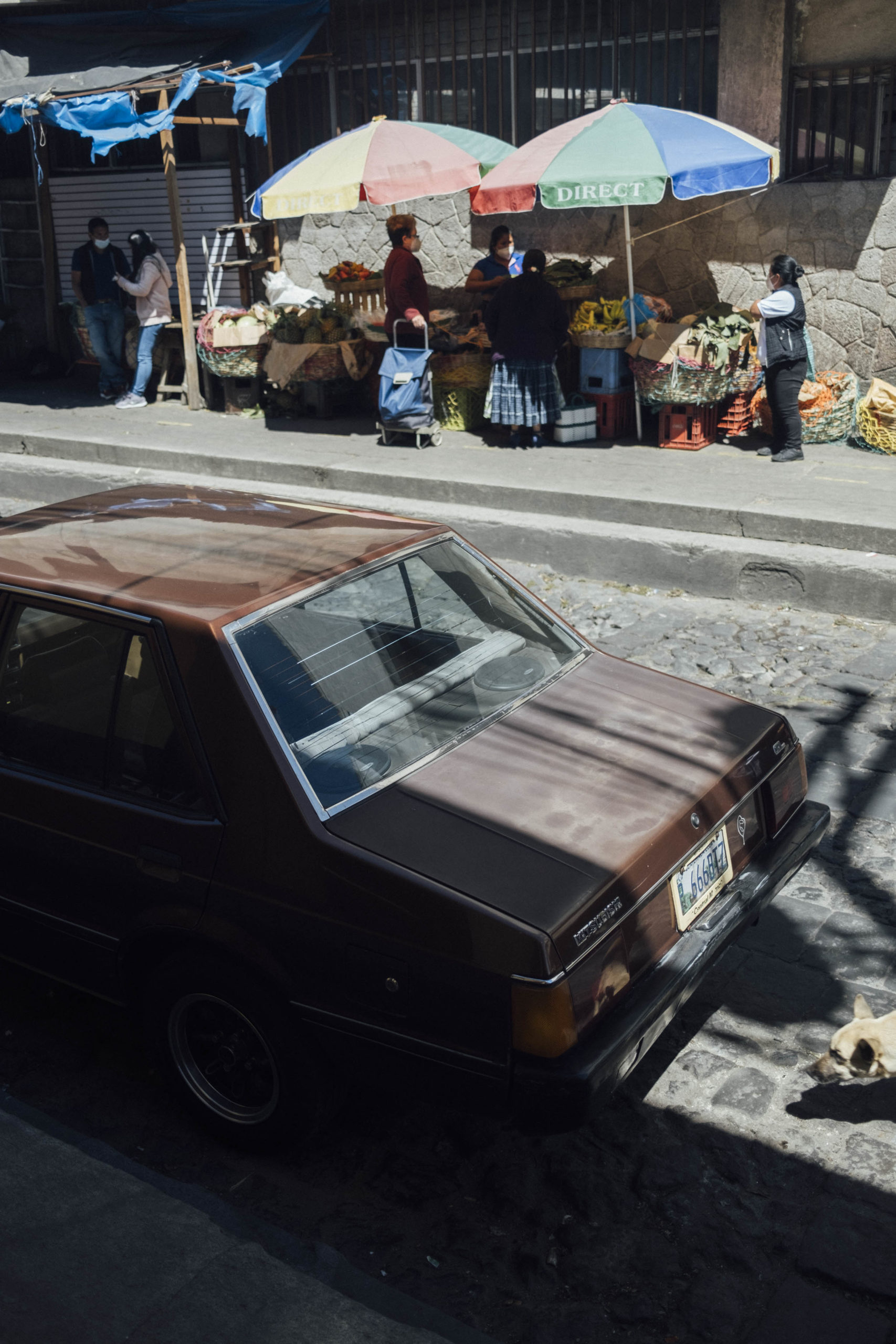
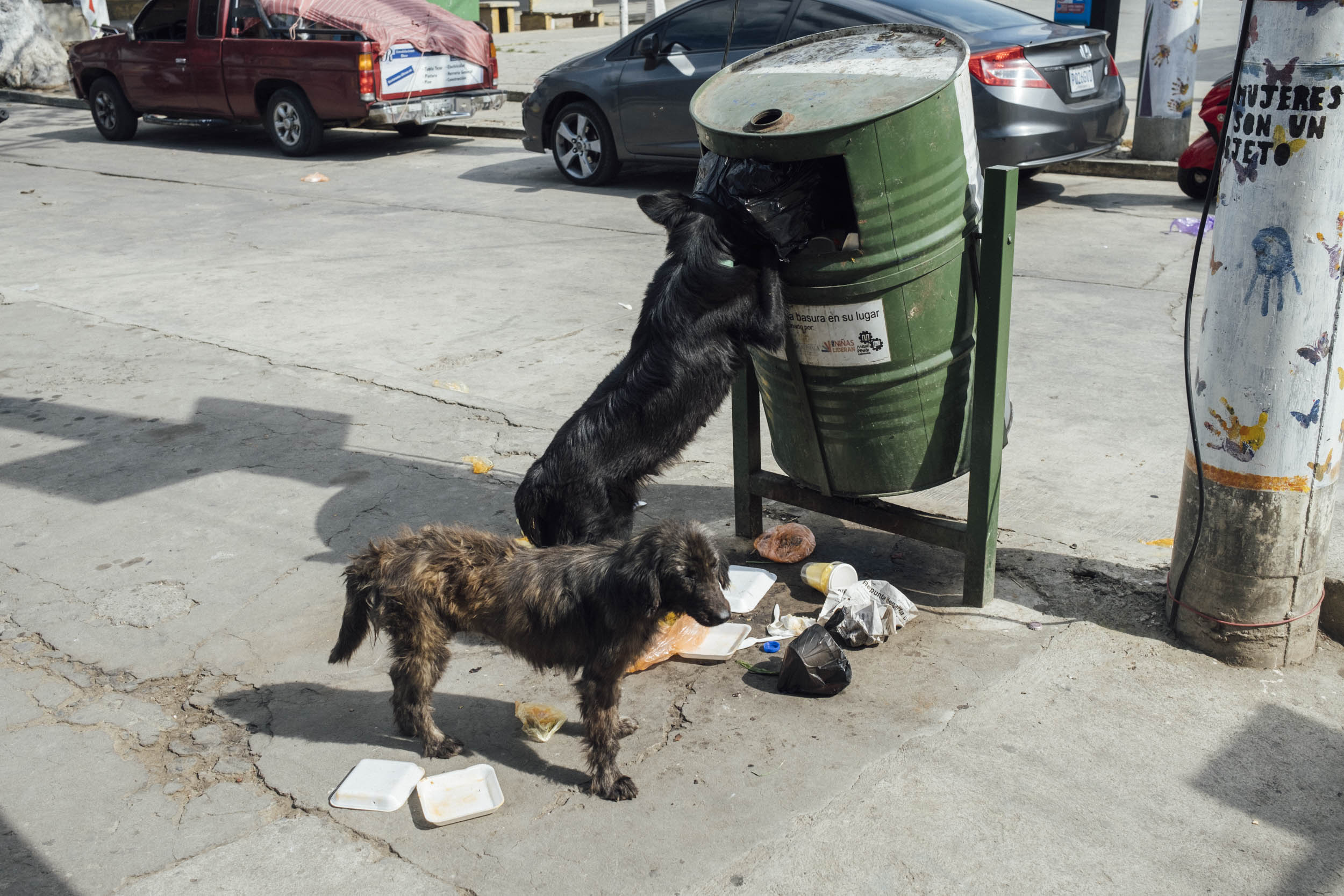
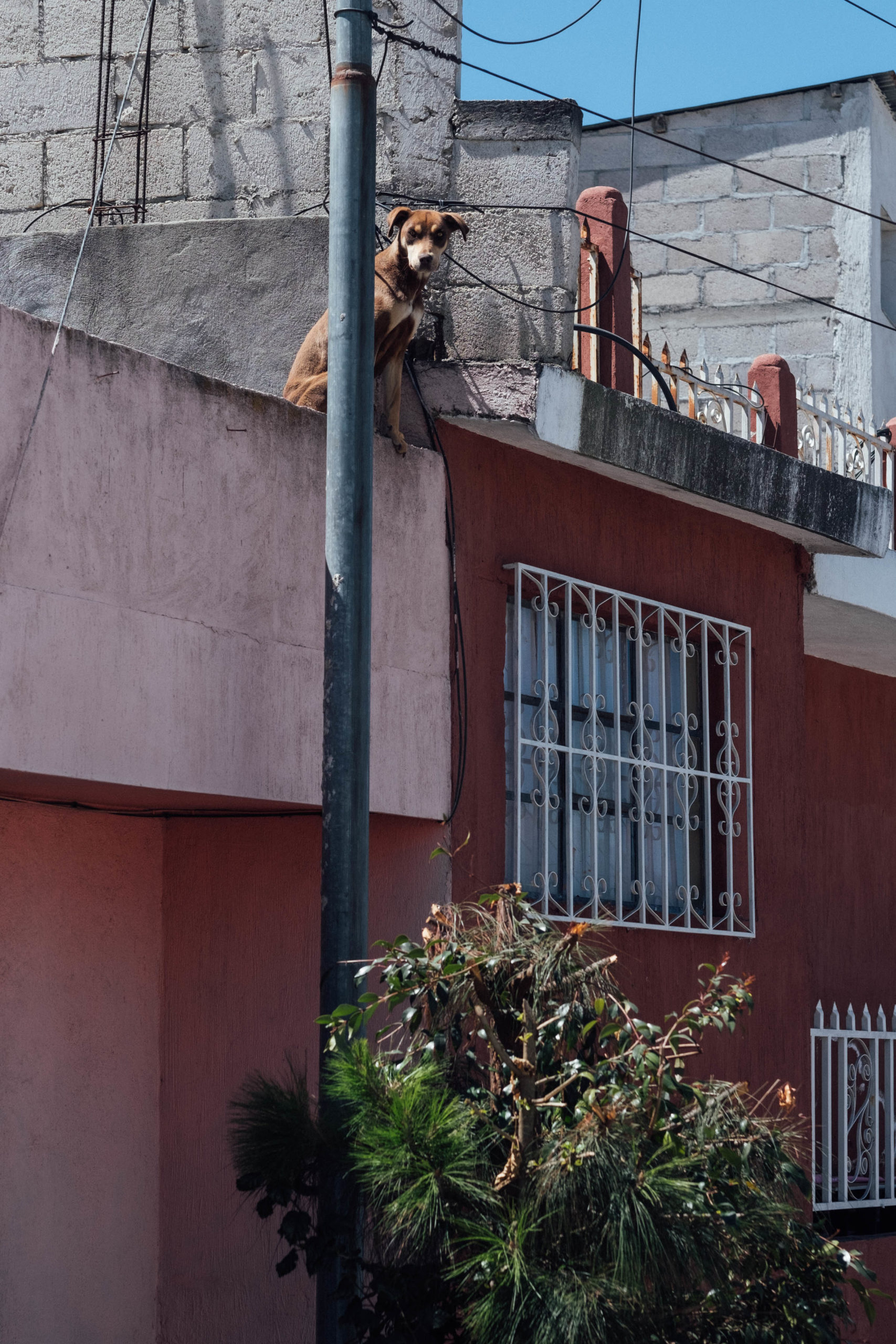
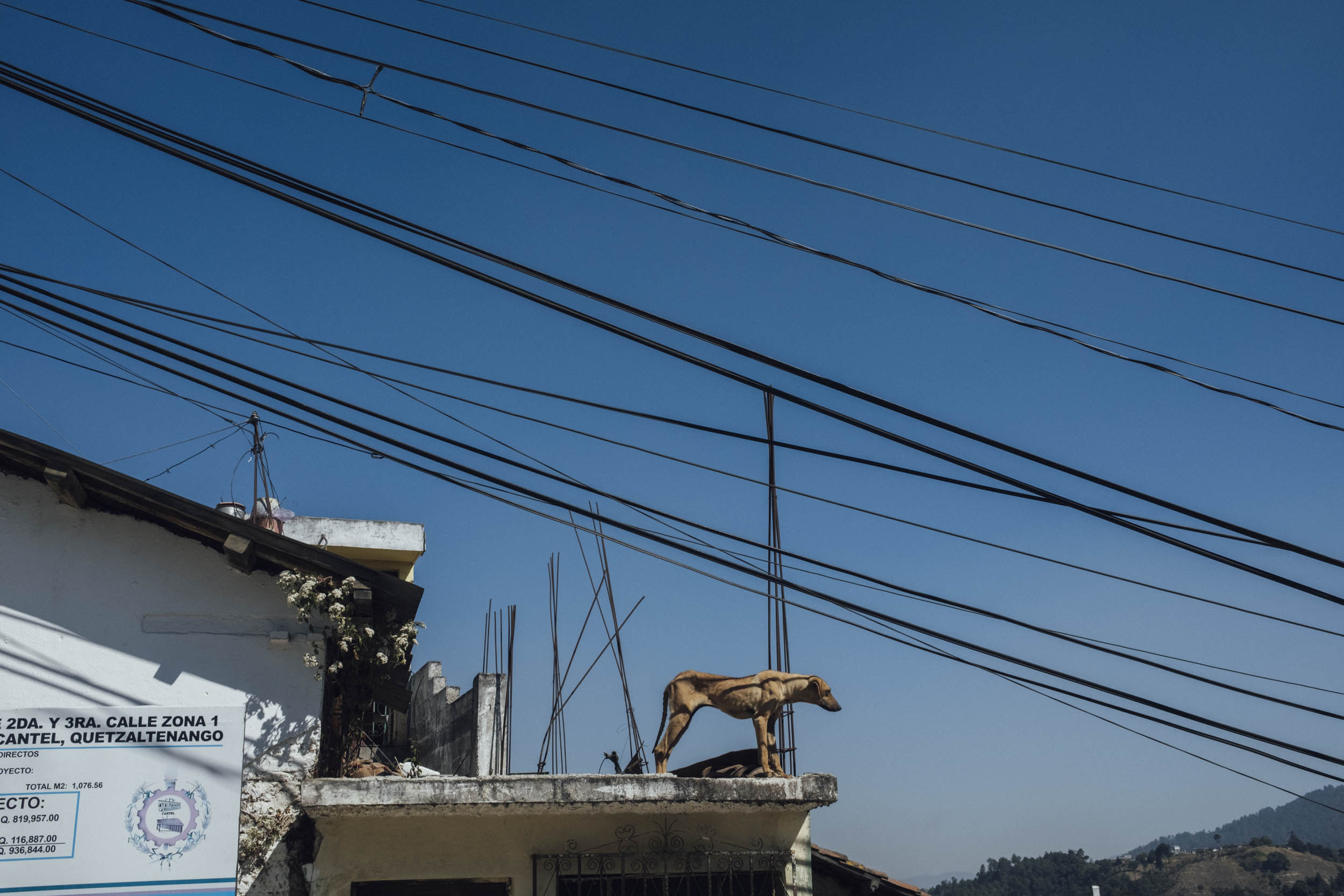
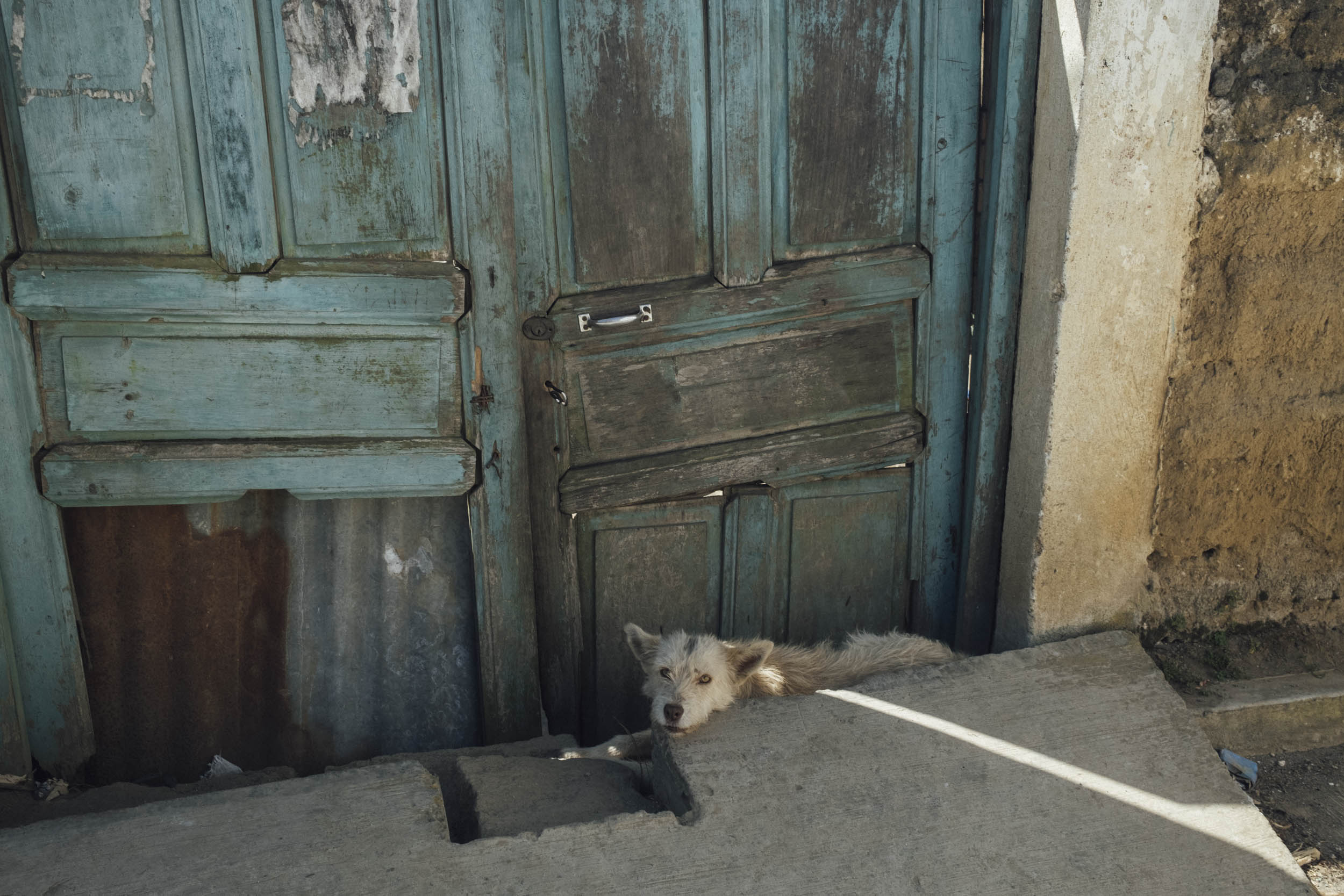
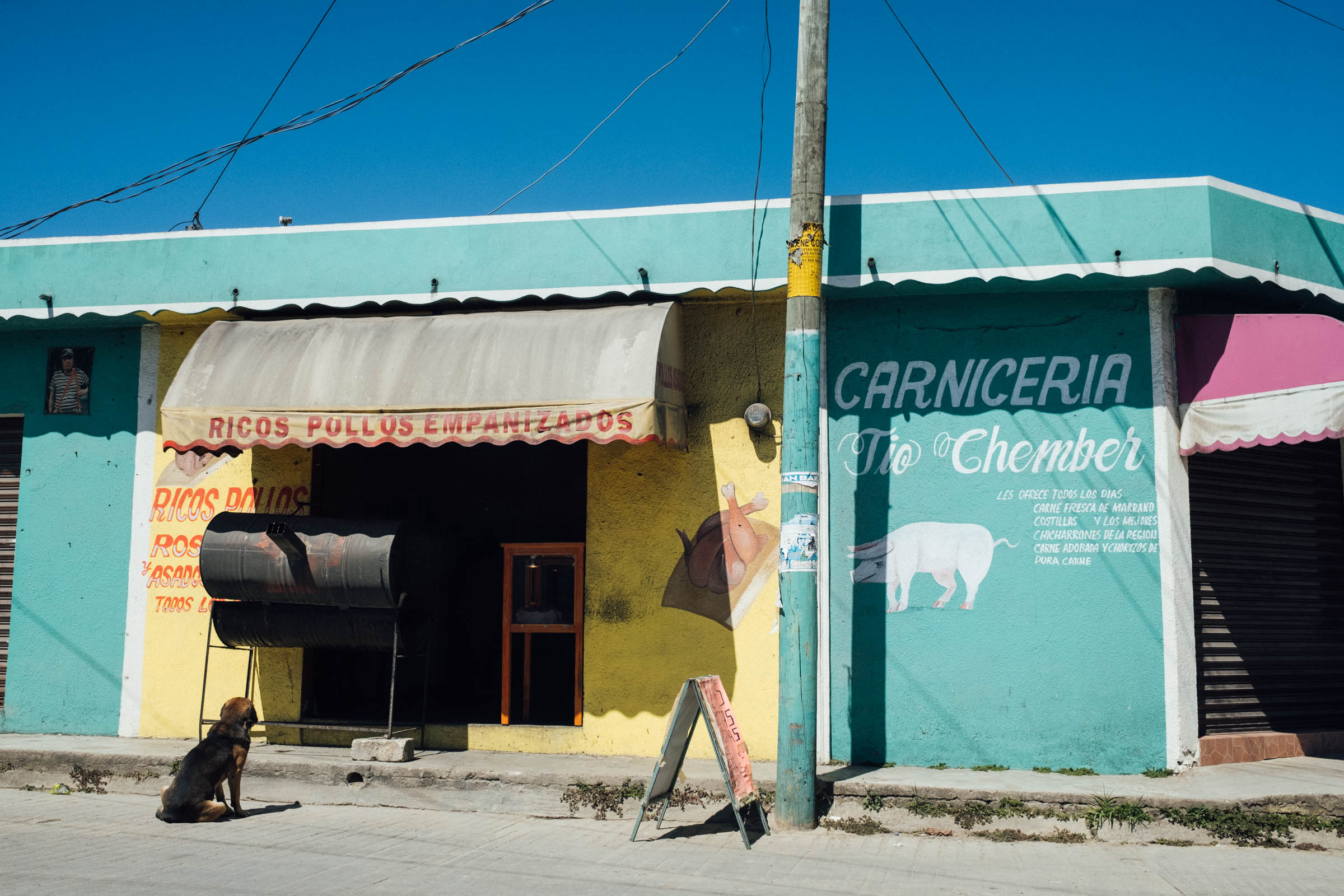
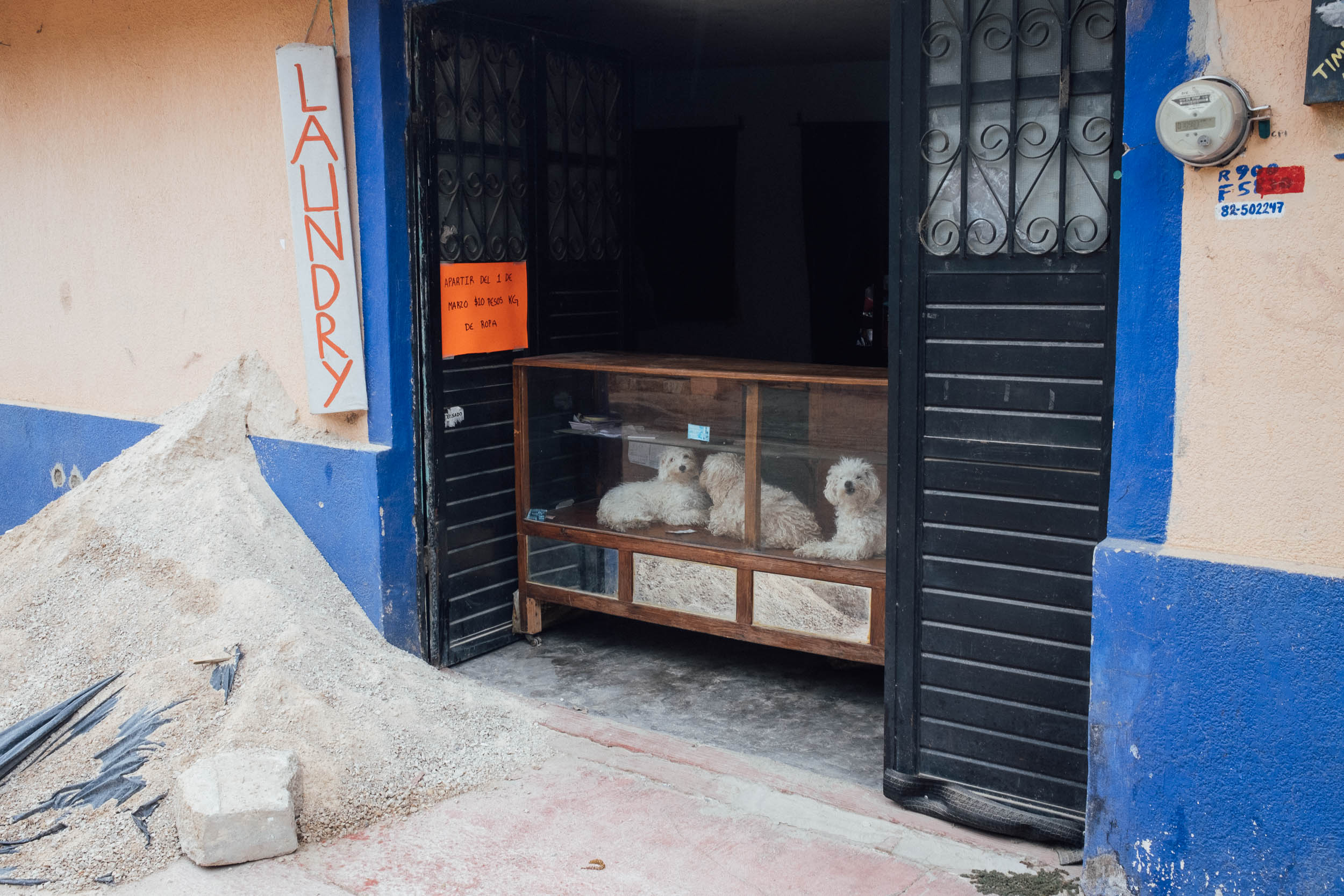
And lastly, in case you think Mexican street dogs aren’t just as charming as their Guatemalan neighbours, here is one of my favourites. This lady was craving some attention and a belly rub outside the bus station in San Cristóbal de las Casas, Chiapas. Where’s that trailer?
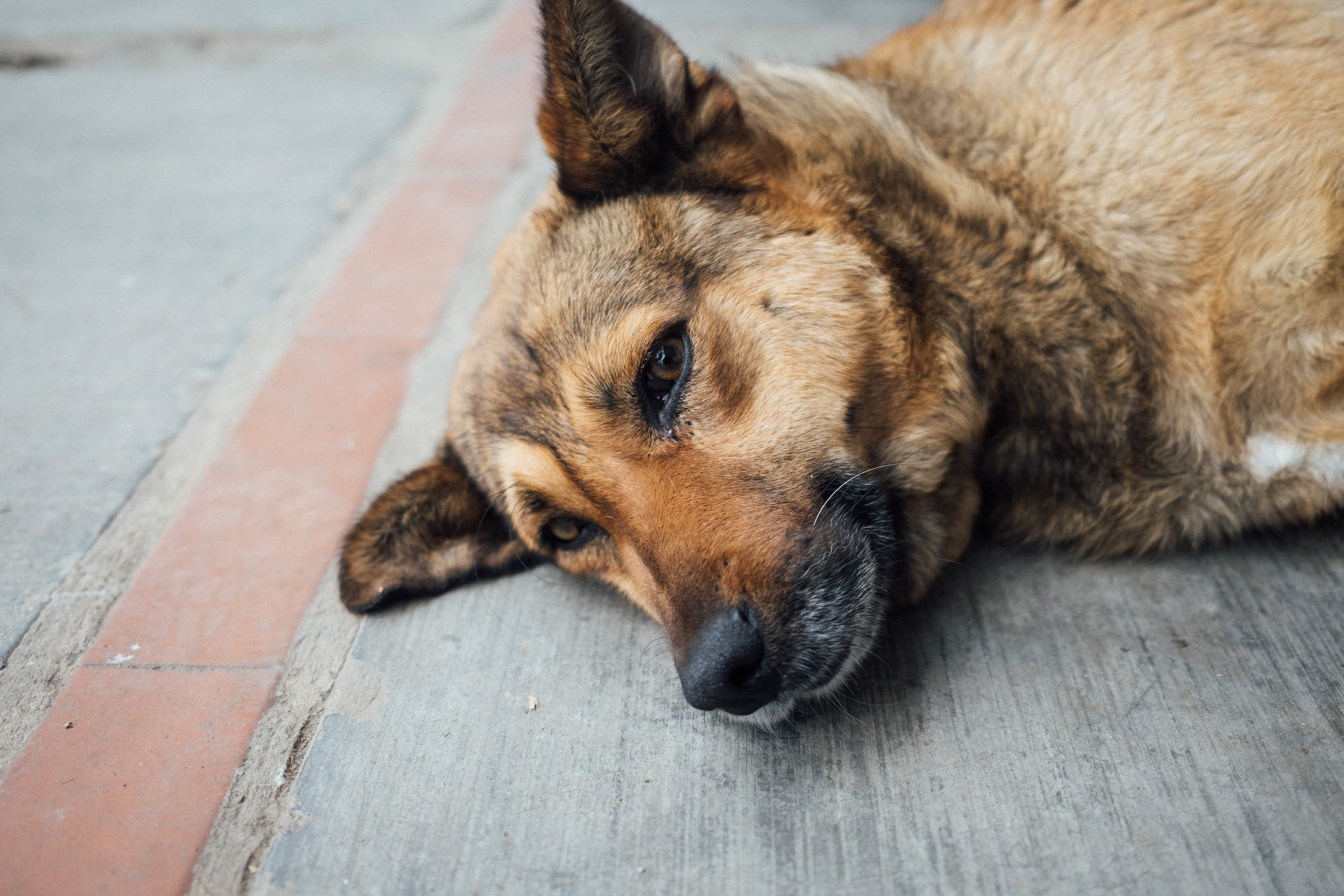
Any bikepacker vs. dog tales to share? Epic chases? Love stories? Let us know in the conversation below. And find more about an initiative seeking to provide homes for rescue dogs in Xela, Guatemala at DOX project – Dogs of Xela.
Please keep the conversation civil, constructive, and inclusive, or your comment will be removed.


